Best Organizing Tips for Mom: Part 2
Man plans, and God laughs. – Yiddish proverb
From the earliest days of being a parent, keeping to a schedule is a lofty and sometimes laughable goal. New parents aim to put their babies on feeding schedules, adhere to sleeping schedules, squeeze in tummy time workouts and so on. You learn a valuable life lesson fairly quickly: it’s almost impossible to stick to a schedule with kids, and being flexible and going with the flow is often the best approach to life.
But life marches on and you need to have a strategy so you can take control of the time you do have, plan your days around the events that impact you and manage your busy life.
Here are my favorite tips that I give my clients to put them in the driver’s seat: instead of bobbing along the swells in a life raft, you will be at the helm (of that command center!) of the ship, navigating your way to calm seas ahead.

Daily Planner
Everyone needs a daily planner. Just like a map keeps you on course when you’re on a road trip, a daily planner keeps you on track and allows you to make the most of your time.
First up: you’ll need to choose a planner that works best for you, either digital or paper. If you’re committed to a digital planner and it’s working for you, great! If you’d like to give a digital planner a try, I suggest Todoist, Microsoft To Do, Any.do or Cozi.
If, however, a digital planner isn’t working for you and you still feel like you have no control of your time, give a paper planner a try, as this article or this article suggests.
I’m also a convert to a paper planner. While I’m a big fan of going paperless – I have tried a variety of scheduling/”to do” apps and I live by my iCal/Google Calendar on my iPhone and Mac – I have found that a paper planner is a better tool to schedule out my life. There is something empowering about writing out your tasks, assigning your priorities, visualizing how everything will fit in your day/week, and blocking out the best windows to get your projects done.
There are many reviews of daily planners to help you navigate your options. The daily planner I use is the Planner Pad. The Planner Pad creates a funnel-type scheduling system where you first look at the big picture to categorize and prioritize your tasks; next, you decide which day you will do them; and finally, you schedule the time on that day you’ll get it done.
A mantra in productivity coaching is that if a task isn’t scheduled, it won’t get done. A daily planner gives you the power to schedule your to do’s – and better yet, it gives you the joy of getting things done.
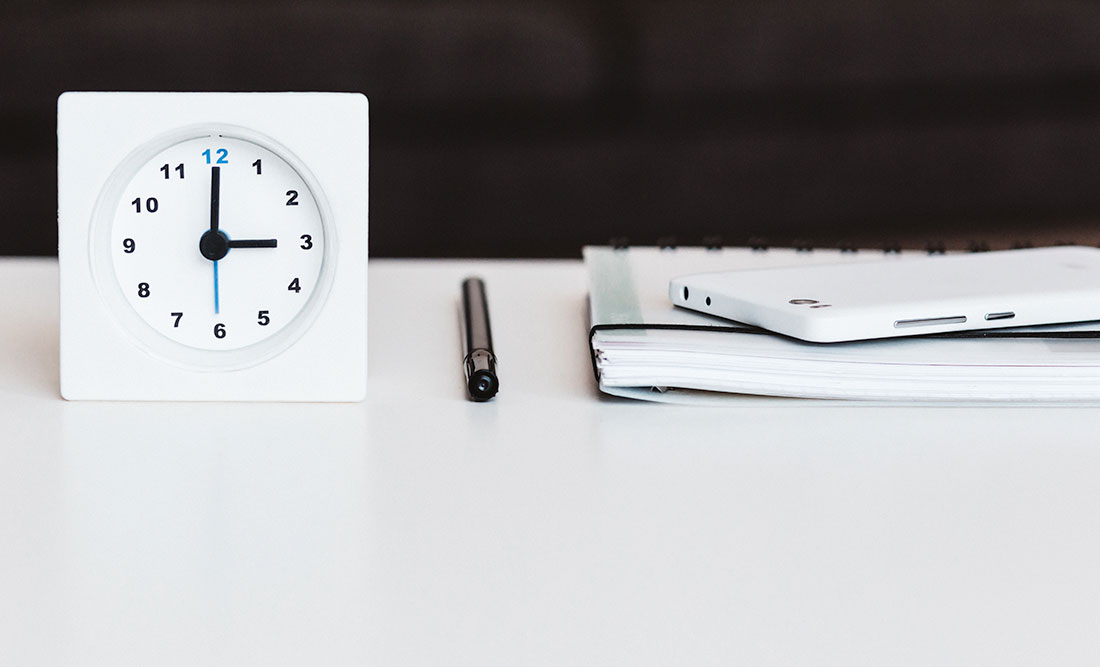
Time Mapping / Time Blocking
Time mapping is a powerful visual tool to help you schedule your life. Create a time grid (Download our templates! PDF | Excel) and assign times where you’re already committed to an activity (e.g. school drop-off, sports practice or a PTA meeting) and you will see what time you have available in your day to schedule more important things in your life – like a romp in the park with your kids.
This is where time blocking comes in: your time map gives you a visual of your schedule, and you can now see what blocks of time you have for projects that need to get done. And taking this one step further, block out the BEST times in the day for you to do that specific task. If, for example, a certain project requires heavy thinking, do that when the kids are at school or the baby is sleeping; activities such as checking email, folding laundry or prepping dinner can be done when the kids are doing their homework or the baby is playing.
If you’re a parent who works from home, time mapping and time blocking enable you to get things done so you aren’t faced with time slipping away… and that frustrated feeling at the end of the day that you didn’t finish the important tasks you had planned to accomplish.
How I do it: I have a 10-year-old son so I know that my best hours for work are Monday-Friday between 9am and 3pm. I aim to reserve Mondays for my admin/personal day (invoicing, writing, marketing, volunteering, running errands), Tuesday and Thursday mornings for client calls and the rest of the week for client work. I also schedule my writing time when I know I’ll be focused and most productive.
Prioritize & Scrutinize
Now that you have your nifty planner, have an idea of your day’s schedule and can see blocks of time when you can get things done, choose 1-3 major tasks that must be done that day. With this exercise, take the time to determine what’s really necessary, what can wait and what can be done on another day.
Also take this opportunity to scrutinize your schedule: is this activity helping move the needle for my job, making my family’s life better or bringing me joy? If you can simplify your life and cancel it, do it!
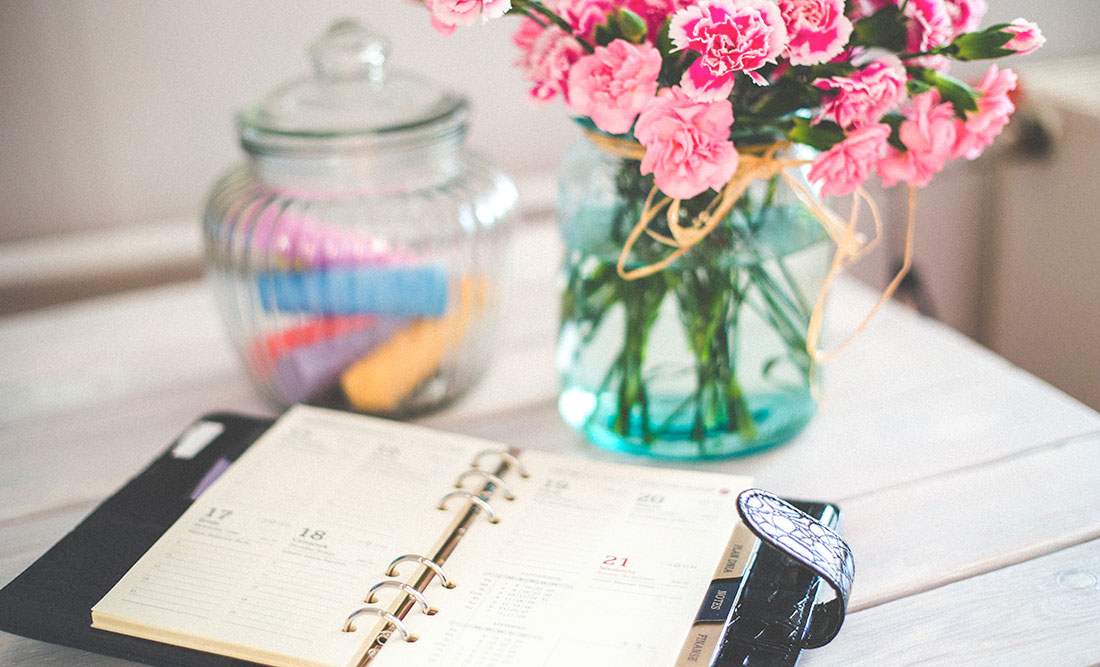
Plan Ahead
Planning ahead is one of my favorite strategies – and games – I like to play when scheduling out my activities, projects or errands. If I know I’m going to have a good amount of quiet time at my computer, I schedule all of the projects that require writing and research in that time. If I am working on a project that requires A then B then C, I schedule tasks accordingly. Finally, if I have to run errands, I batch all my errands together so I run to the drug store, dry cleaners and grocery store in one trip. Done!
Be Flexible
As I mentioned at the outset of this post, being a parent and sticking to a schedule is a challenge – and the best advice I can give you is to be flexible. Unless there’s a strict deadline, it’s not the end of the world if something doesn’t get done in the time you reserved for it, so you can either try to do it later that day, or know you need to rework your schedule on another day so you can get it done. Every misstep is an opportunity to make it better the next time around. Maybe you discover that your best time for writing isn’t early in the morning, but rather after your yoga class. So be flexible and plan accordingly.

Set Boundaries
Finally, as a parent, you have a huge responsibility: in addition to possibly having a job, you need to run a household, be a kind partner to your significant other, raise a child and take care of your own well-being. It’s like trying to change a tire as the car is rolling down the freeway! While these tools help you prioritize and schedule tasks, they also give you the right to set boundaries, carve out time for yourself and your family, and bring some much-deserved joy into your life.
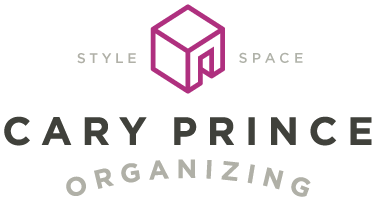
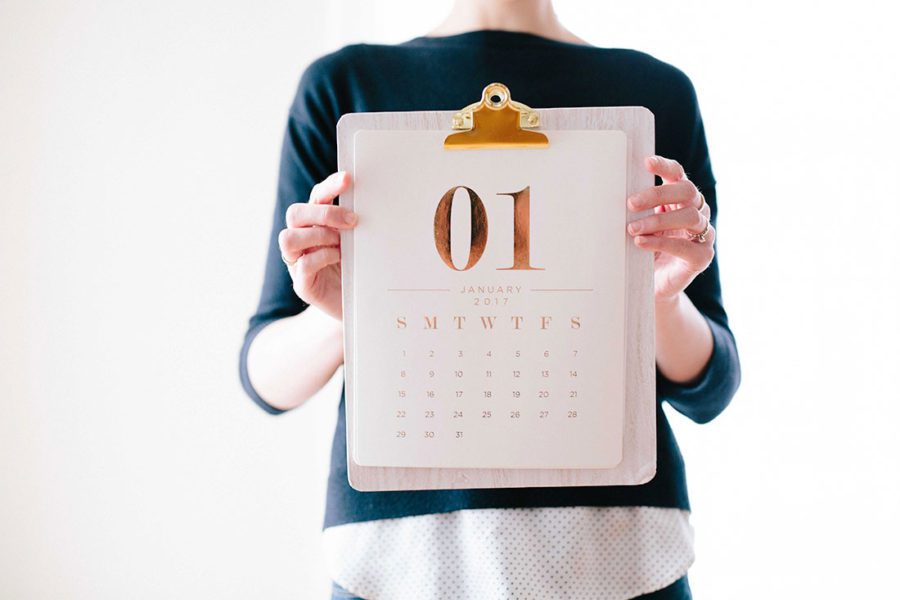
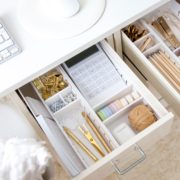





Love all the areas you cover in this post. It’s a combination of all these pieces that make your scheduling work.
Thanks for your kind words, Ellen! After 10 years of scheduling challenges with my son, I have finally figured out what works best in our home and hope this helps others.